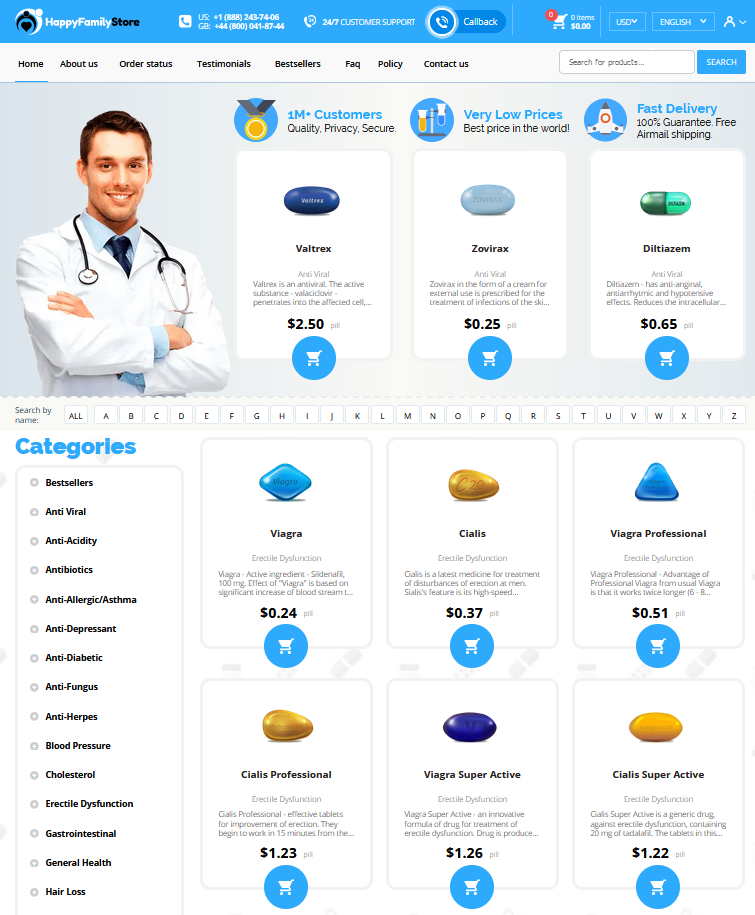To Buy Amoxicillin Online Visit Our Pharmacy ↓
 Understanding Amoxicillin Dosage: What You Need to Know
Understanding Amoxicillin Dosage: What You Need to Know
The Basics of Amoxicillin: What It Treats
Amoxicillin is a well-known powerhouse among antibiotics, primarily used to tackle a broad range of bacterial infections. This includes everything from ear infections and pneumonia to skin infections and urinary tract infections. As a member of the penicillin family, it works by inhibiting the formation of bacterial cell walls, eventually leading to the destruction of the bacteria. Often prescribed due to its effectiveness and relatively mild side effect profile, amoxicillin remains a first-line treatment for conditions that persist despite the body's natural defenses. To have a clearer overview of what amoxicillin can treat, consider the following:
| Condition |
Treatment Focus |
| Ear Infections |
Targets bacterial causes, relieving pain and swelling |
| Respiratory Infections |
Clears sinus or lung infections |
| Skin Infections |
Oftentimes results from cuts or abrasions |
| Urinary Tract Infections |
Treats infection by eradication of bacteria |
Recommended Dosages: Finding the Right Fit

Determining the correct amoxicillin dosage is a pivotal element of effective treatment, requiring careful consideration of various factors, including the patient's age, weight, and the severity of the infection. The typical dosage for adults with mild infections might start at 250 to 500 mg every eight hours, but more severe conditions or resilient infections might necessitate adjustments, potentially increasing the intake to 875 mg every 12 hours. The nuances of these guidelines highlight the importance of personalized medical advice. For certain infections or patient profiles, healthcare providers might recommend a more tailored dosage, ensuring that the medication is both effective and safe. Thus, engaging with a healthcare professional is not just recommended but essential. This partnership provides the reassurance that one's amoxicillin regimen is optimized for both efficacy and safety, safeguarding health while combating illness.
Adult Vs. Child Dosage: Key Differences
When it comes to prescribing amoxicillin, understanding the distinction between adult and child dosages is crucial. Adults typically require higher doses due to their larger body mass and metabolism. Generally, adult dosages range from 500 mg to 875 mg, taken every 8 to 12 hours, depending on the severity of the infection. In contrast, children's dosages are carefully calculated based on their weight, often prescribed in milligrams per kilogram. This ensures they receive an effective yet safe amount to combat the infection. Pediatric doses can range from 20 mg/kg/day to 45 mg/kg/day, usually divided into multiple doses. Adapting the dosage appropriately not only maximizes the efficacy but also minimizes potential side effects. It's essential for healthcare professionals to tailor the dosage to the patient's specific needs, considering factors like age, weight, and the nature of the infection. Always follow your healthcare provider's instructions to ensure the amoxicillin is as effective and safe as possible.
Adjusting Dosages for Special Populations

Amoxicillin is an essential antibiotic, renowned for treating a variety of bacterial infections. However, dosage needs particular consideration in special populations, such as those with kidney impairment, liver disease, or the elderly. These groups may have a decreased ability to metabolize or excrete medications, necessitating dosage adjustments to ensure effectiveness while minimizing potential toxicity. For individuals with kidney issues, amoxicillin's dosage often needs to be reduced, as impaired kidneys can lead to accumulation of the antibiotic in the body, increasing the risk of side effects. Additionally, the elderly often require special attention, as they may have concurrent health issues or be taking other medications that could interact adversely with amoxicillin. Taking all these factors into account is vital for safe and effective treatment. Tailoring the dosage ensures that amoxicillin provides its full therapeutic benefits without unnecessary risks, underscoring the importance of personalized medical care.
Importance of Adhering to Prescribed Dosage
It's crucial to adhere to your healthcare provider's instructions when taking amoxicillin. Consistently taking the prescribed dosage ensures the medication can effectively eliminate the bacteria causing the infection. Missing doses or stopping treatment early might give bacteria a chance to survive, potentially leading to antibiotic resistance. This resistance can make future infections harder to treat and require stronger, more powerful medications.
| Correct Usage |
Risk of Not Following |
| Completing the full prescribed course |
Bacteria may not be completely eradicated |
| Taking the right dose at the scheduled time |
Potential development of antibiotic resistance |
By maintaining the correct dosage and timing, you ensure the infection is fully treated, safeguarding both your health and the broader community's well-being. Always consult your healthcare provider if you have any doubts or need clarification regarding amoxicillin usage.
Common Side Effects and When to Seek Help
Amoxicillin, a widely prescribed antibiotic, can present some predictable side effects, like nausea and mild skin rash. Though often mild, these symptoms should be monitored. Occasionally, patients may experience more severe reactions such as persistent diarrhea or fever, which could signal a need for immediate medical attention. For children and adults alike, understanding which symptoms demand urgent care is crucial. Unrelenting side effects or allergic reactions, such as difficulty breathing or swelling, necessitate prompt consultation with a healthcare professional to prevent complications. Adhering to your prescription while staying aware of your body's reactions ensures both efficacy and safety. Remember, a healthier recovery comes with vigilance and informed communication with your healthcare provider. Healthcare resources such as Drugs and WebMD provide further insights into amoxicillin use and precautions.
|